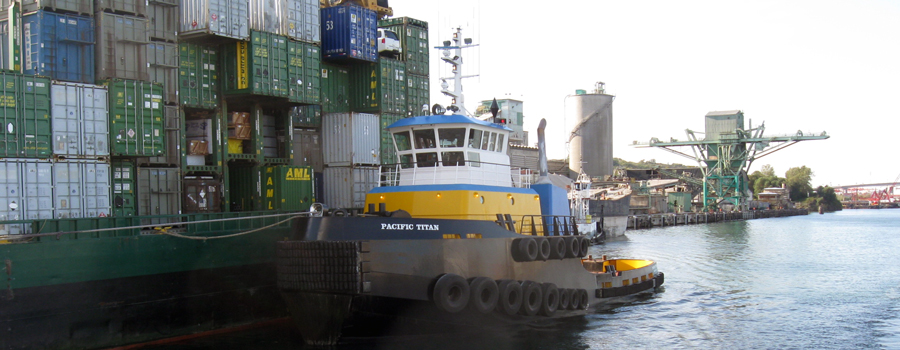About Superfund
The Lower Duwamish Waterway is a working river that has supported Seattle’s economy for more than 100 years. Most of the pollution comes from past industrial practices and development decisions that would no longer be permitted today. These practices allowed contaminants to enter the waterway and settle into the sediment in the bottom of the river. The U.S. Environmental Protection Agency, or EPA, listed the river as a federal Superfund cleanup site in 2001 to address this historical pollution in the river sediment.

Superfund is the common name for areas determined by the federal government to be so contaminated by toxic chemicals that they must be cleaned up to protect both human and environmental health.
In 2001, the U.S. Environmental Protection Agency listed a five-mile segment of the Lower Duwamish south of the West Seattle Bridge as a federal Superfund cleanup site due to the presence of historically contaminated sediment in the bottom of the river.
Steps in an EPA Superfund cleanup
The Comprehensive Environmental Response, Compensation, and Liability Act (CERCLA) commonly known as Superfund, was enacted by Congress in 1980.
The law authorizes actions, including long-term remedial response actions, that permanently and significantly reduce the dangers associated with releases or threats of releases of hazardous substances that are serious, but not immediately life threatening. These actions can be conducted only at sites listed on the Environmental Protection Agency (EPA)'s National Priorities List.
The Superfund cleanup process begins with site discovery or notification to the EPA of possible releases of hazardous substances. Sites are discovered by various parties, including citizens, state agencies, and EPA regional offices. EPA evaluates the potential for a release of hazardous substances from the site through these:
Steps in the Duwamish Superfund cleanup process:
-
Preliminary Assessment/Site Inspection
Investigations of site conditions. If the release of hazardous substances requires immediate or short-term response actions, these are addressed under the Emergency Response program of Superfund.
-
National Priorities List (NPL) Site Listing Process
A list of the most serious sites identified for possible long-term cleanup. -
Remedial Investigation/Feasibility Study
Determines the nature and extent of contamination. Assesses the treatability of site contamination and evaluates the potential performance and cost of treatment technologies.
-
Records of Decision
Explains which cleanup alternatives will be used.
-
Remedial Design/Remedial Action
Preparation and implementation of plans and specifications for applying site remedies. The bulk of the cleanup usually occurs during this phase.
-
Construction Completion
Post Construction Completion; National Priorities List Deletion
-
Site Reuse/Redevelopment
Information on how the Superfund program is working with communities and other partners to return hazardous waste sites to safe and productive use without adversely affecting the remedy.
Related links
- What is Superfund?
- EPA’s Lower Duwamish Waterway Superfund
- Definitions, posted on Library page.

 Translate
Translate